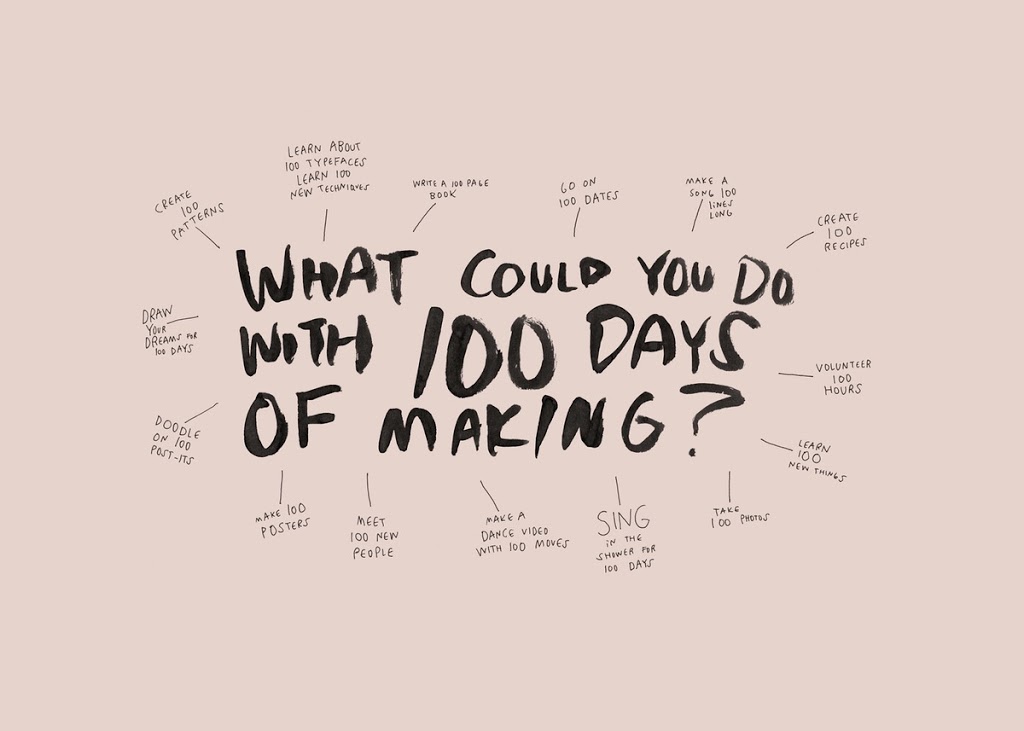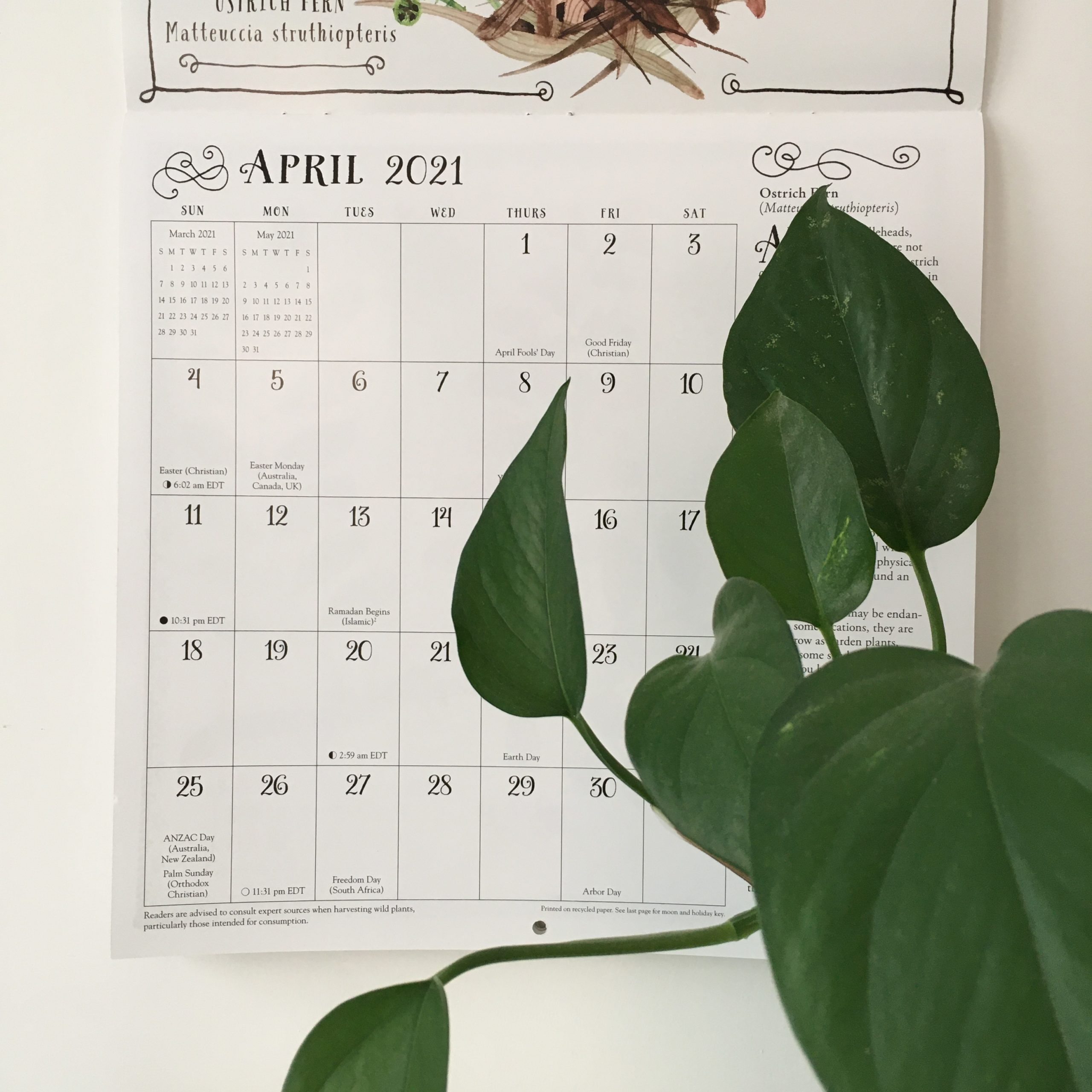
(English version below)
Mi trovo spesso a perdere un sacco di tempo per cercare di incastrare i mille mila progetti ed idee che mi balenano per la testa e a ritrovarmi puntualmente frustrata dopo aver fallito nell’impresa.
La pianificazione non è il mio forte. Nel mio mondo ideale mi piacerebbe essere super organizzata, menu settimanali, tempo da dedicare alla spesa/casa, tempo da dedicare a me, ecc. Ma la realtà è molto diversa! Ogni anno ci riprovo, soprattutto all’inizio dell’anno scolastico, e all’inizio funziona pure, ma dopo qualche tempo i miei piani iniziano a fare acqua da tutte le parti e vengono miseramente abbandonati. Al di la di tutto però, la cosa di cui mi dispiaccio di più è che in tutto il caos giornaliero, l’unica cosa che poi alla fine viene sacrificata è sempre il tempo che vorrei dedicare ai miei progetti personali.
Pur partendo con le migliori intenzioni, al primo ostacolo il tempo per me viene messo da parte e così anche tutto l’entusiasmo per portare avanti le mie idee.
Perseguitata da questa frustrazione perenne, qualche tempo fa ho letto il libro “Big Dreams, Daily Joys” di Elise Blaha Cripe, una blogger/crafter/planner americana che seguo ormai da più di 10 anni. Il libro illustra in maniera molto semplice perché è importante pianificare per raggiungere un obiettivo e illustra un modo semplice per farlo in maniera efficace.
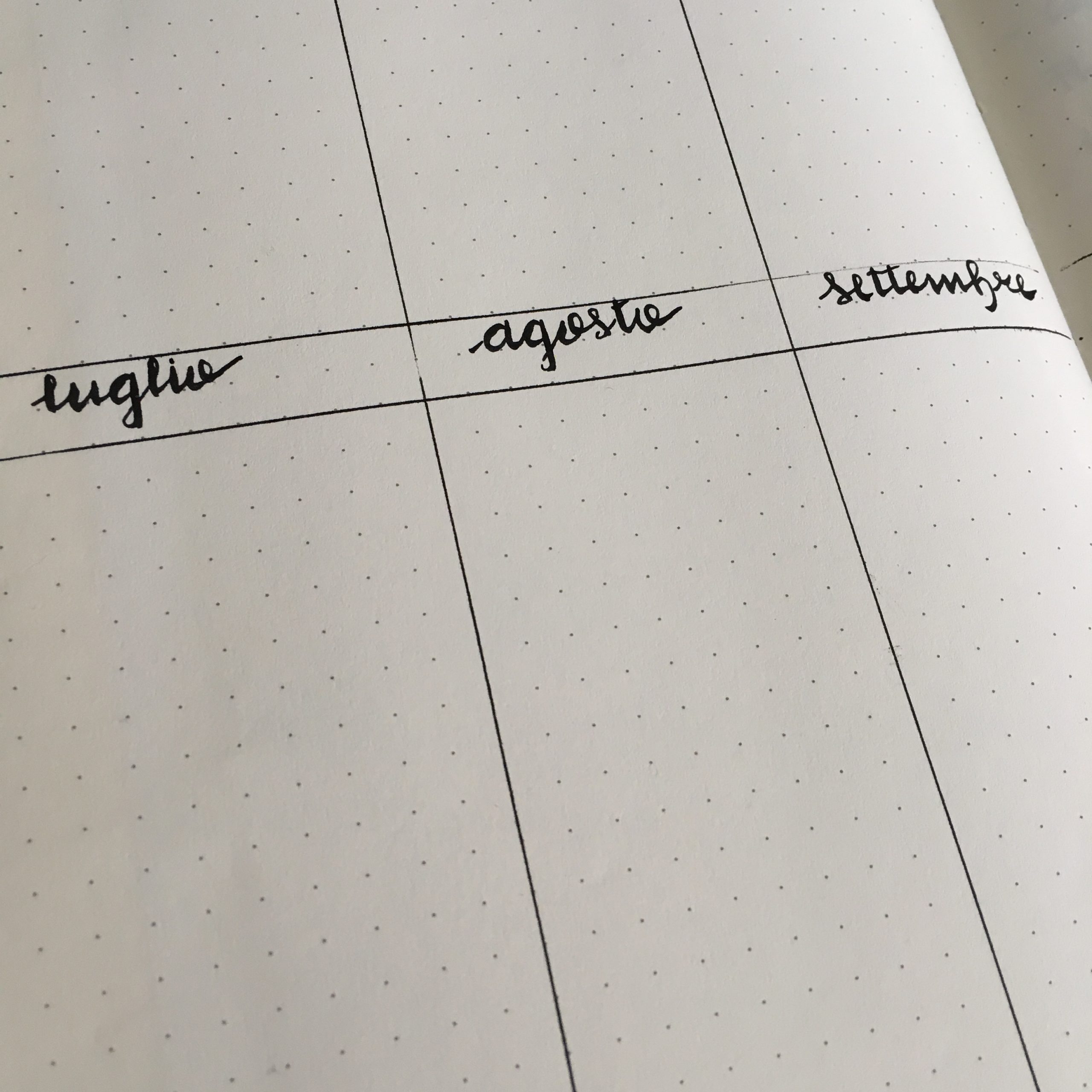
Soprassedendo sui dettagli contenuti nel libro, quello che mi ha colpito è la suddivisione dei progetti sul piano temporale e l’utilizzo di liste e sottoliste. Può sembrare un lavoro noioso e un’ulteriore perdita di tempo, ma vi assicuro che da quando ho seguito quest’approccio sono riuscita a fare molto più di quello che credevo possibile.
Questa nuova chiave di lettura mi ha permesso innanzitutto di mettere a fuoco quali sono i progetti che voglio realmente portare a termine.
Mettere su carta tutto quello che mi frulla per la testa mi ha liberato la mente e soprattutto aiutato a fare una scrematura di quello che realisticamente avrei il tempo di fare e cosa no.
La scelta è stata basata su:
- Motivazione personale. Spesso quelle che sembrano inizialmente idee geniali, dopo un po’ perdono del loro fascino. Consapevole che il tempo che ho a disposizione ogni giorno non è molto, mi sono chiesta se provassi ancora piacere a portare a termine quel determinato progetto, anche se avevo già iniziato a lavorarci. Non c’è cosa peggiore che occupare il poco tempo libero a fare qualcosa che non ci diverte più.
- Tempi di realizzazione. Questo è l’aspetto che più mi ha aiutata nella pianificazione. Una volta individuati i progetti a cui volevo lavorare li ho suddivisi per scadenza:
- Progetti settimanali
- Progetti mensili/bimensili
- Progetti a medio termine
- Progetti a lungo termine
Questo passaggio è stato fondamentale perché oltre a realizzare di non poter portare avanti più di un progetto settimanale alla volta, ha messo in risalto il fatto che, anche per i progetti a medio e lungo termine, l’impegno deve essere più o meno costante per evitare di ritrovarsi vicino alla scadenza con un progetto tutto da lavorare (anche se voglio sottolineare che le scadenze a cui mi riferisco me le sono autoimposte).
Una volta fatti questi passaggi, per ognuno dei progetti identificati, ho fatto una lista degli steps necessari a portare l’opera a compimento.
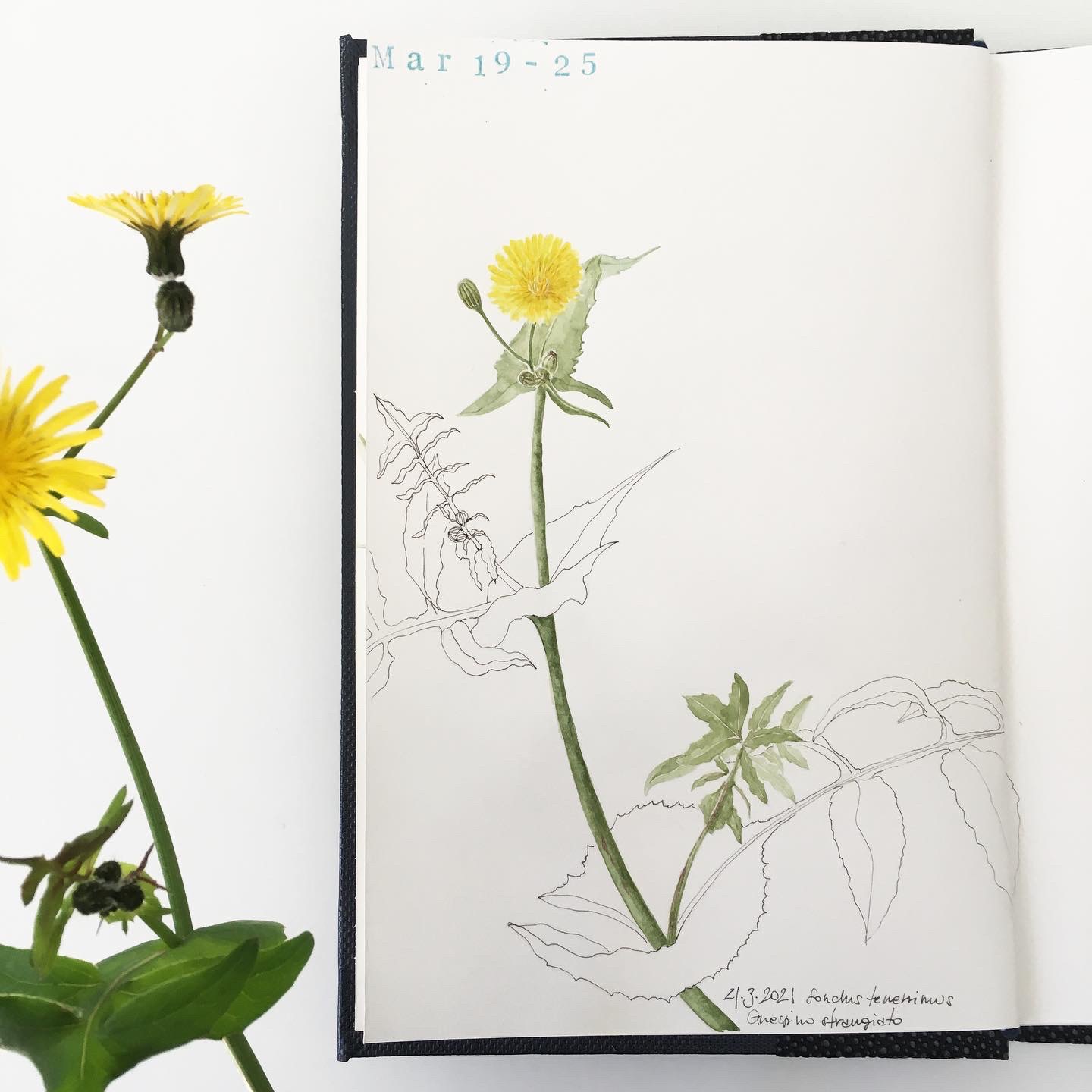
Vi faccio un esempio concreto. Il mio progetto settimanale è il diario botanico (di cui vi ho parlato qui). Gli steps che ho individuato per portare a termine il progetto sono:
- Uscire a fare una passeggiata per trovare una pianta da riportare nel diario
- Fare uno schizzo della pianta a matita
- Completare con penna/colore
- Fare una foto
- Fare un post su instagram
Questi sono i vari passaggi che possono essere fatti tutti in una volta sola, oppure anche separatamente, ovviamente nell’ordine riportato. In questo modo mi è più semplice trovare il tempo per inserire uno di questi singoli step anche in quelle giornate che sembrano piene. E così avendo ben chiaro quali sono le cose che devono essere fatte in sequenza per completare il progetto, non mi sento sopraffatta e soprattutto non perdo tempo a pensare a cosa potrei fare quando mi ritrovo con 15 minuti liberi!
Stesso discorso vale ovviamente per tutti gli altri progetti, soprattutto quelli a lungo termine che danno la percezione di avere ancora tanto tempo a disposizione per poi accorgersi che il tempo è passato e non abbiamo fatto alcun progresso!
Spero che questo approccio possa aiutare anche voi a raggiungere i vostri obbiettivi un passo alla volta, con costanza e senza stress.
![]()
![]()
I often find myself wasting a lot of time trying to fit the thousands of projects and ideas that flash through my mind and often find myself frustrated after failing the task.
Planning is not my strong point. In my ideal world I would like to be perfectly organized, weekly menus, time allocated to grocery shopping and home chores, me time, etc. But the reality is very different! But I try again every year, especially at the beginning of the school year, and initially it even works, but after some time my plans start leaking and get thrown down the drain. Beyond everything, however, what I regret the most is that between the daily chaos, the only thing that gets cancelled is always the time I would like to dedicate to my personal projects.
Even when starting with the best of intentions, as soon as something unexpected comes up, the me time is set aside and so is all the enthusiasm to carry on with my projects and ideas.
Haunted by this perennial frustration, a while ago I read the book “Big Dreams, Daily Joys” by Elise Blaha Cripe, an American blogger / crafter / planner that I have been following for more than 10 years. The book explains in a very simple way why planning is important to achieve a goal and illustrates a simple way to do it effectively.
Without going into the details of the book, what struck me was the importance of deconstructing each project in terms of time and the use of lists and sublists. It may seem like a tedious job at first and a further waste of time, but I assure you that since I have followed this approach I have been able to do much more than I thought possible.
This new way of seeing a project allowed me, first of all, to select only the ones I really want to work on.
Putting all the ideas in my head on paper also freed my mind and above all helped me to skim what I would realistically have time to do and what not.
The choice was based on:
1) Personal motivation. Often what initially seem like a brilliant idea, after a while it loses its charm. Aware that the time I have available every day is not much, I asked myself if I still felt joy in completing that particular project, even though I had already started working on it. There is nothing worse than taking up the little free time available doing something that no longer please us.
2) Time for completion. This is the planning aspect that has helped me the most. Once I have identified the projects I wanted to work on, I divided them by timescale:
- Weekly projects
- Monthly / bi-monthly projects
- Medium-term projects
- Long-term projects
This step was fundamental because in addition to realizing that I cannot carry out more than one weekly project at a time, it highlighted the fact that, even for medium and long-term projects, the commitment must be more or less constant to avoid finding yourself close to the deadline with a project no were near finished (this is important even if the deadlines I am referring to are self-imposed).
Next, for each of the projects identified, I have made a list of the steps necessary to bring the work to completion.
I’ll give you a real example. My weekly project is my botanical perpetual journal (which I’m talking about it here). The steps I have identified to complete the project are:
- Go for a walk to find a plant to add in the diary
- Make a pencil sketch of the plant
- Complete with pen / color
- Take a picture
- Make a post on instagram
These steps that can be done all at once, but also separately. Looking at a project as a series of smaller and simple steps make it easier for me to fit one of these tasks in between my daily commitment, even on those days that seem full. And so having clear what are the tasks that must be done in sequence to complete the project, I do not feel overwhelmed and above all I do not waste time thinking about what I could do when I find myself with 15 minutes to spare!
The same goes of course for all the other projects, especially the long-term ones that give the perception of still having a lot of time available only to realize that time has passed and you have not made any progress!
I hope this tips can help you in reaching your goals one step at a time, consistently and without stress.
 The holiday season is upon us and like every year I like to set out some plans for creating memories and recording the summer time in a way that is not just taking pictures and let them sit on my laptop for the years to come. I love travel journals, but with a busy family schedule during the holidays is becoming more and more difficult to set aside the time to fill in a sketchbook.
The holiday season is upon us and like every year I like to set out some plans for creating memories and recording the summer time in a way that is not just taking pictures and let them sit on my laptop for the years to come. I love travel journals, but with a busy family schedule during the holidays is becoming more and more difficult to set aside the time to fill in a sketchbook.
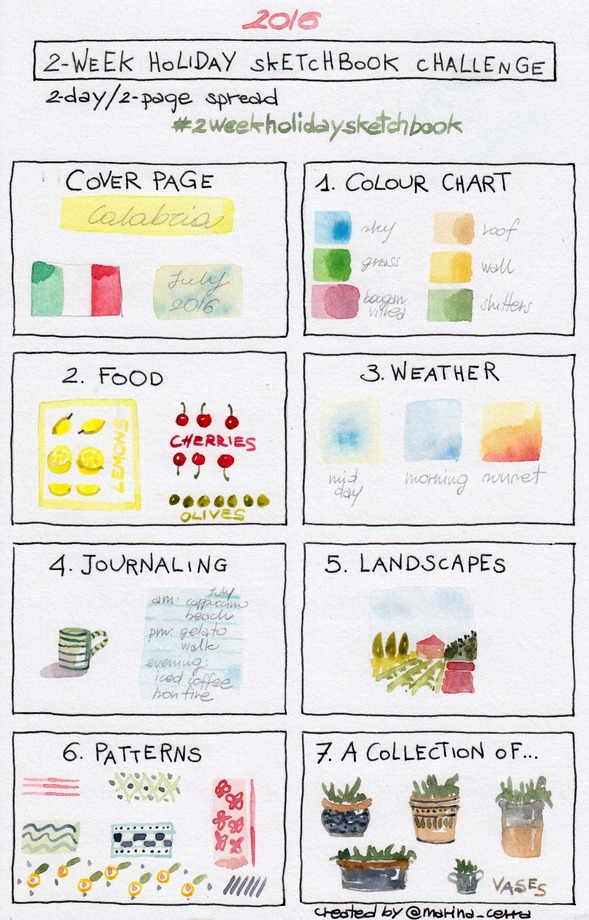
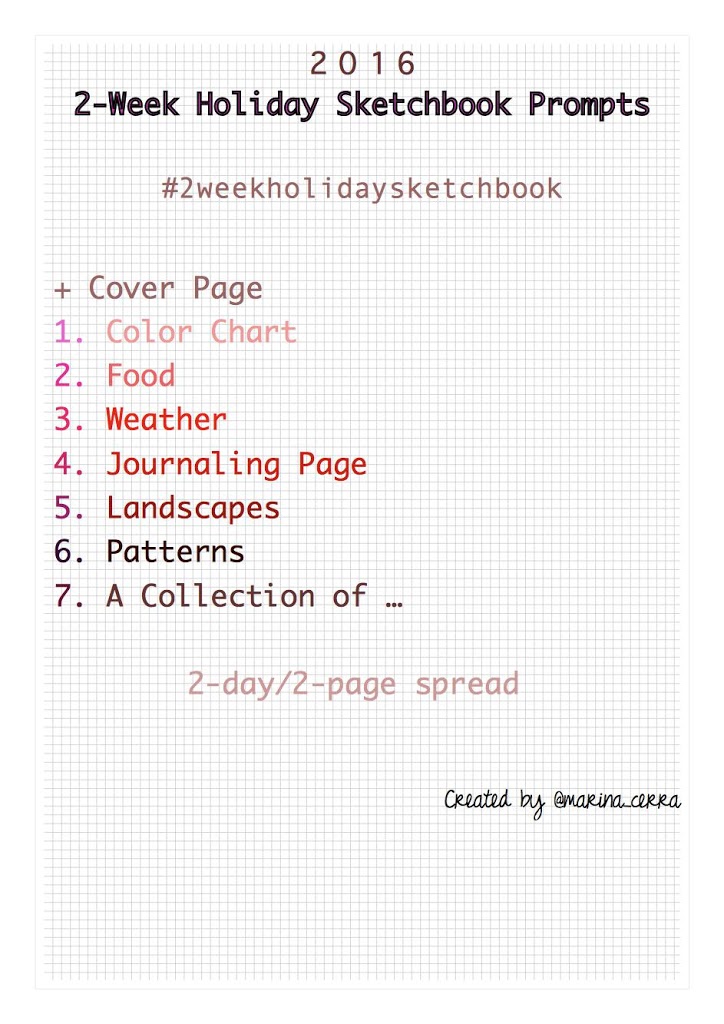
 It feels like a lifetime ago when I had time to plan year long projects and play monthly challenges. Two kids later and an overseas move, I think it’s about time to commit to something just for fun.
It feels like a lifetime ago when I had time to plan year long projects and play monthly challenges. Two kids later and an overseas move, I think it’s about time to commit to something just for fun.